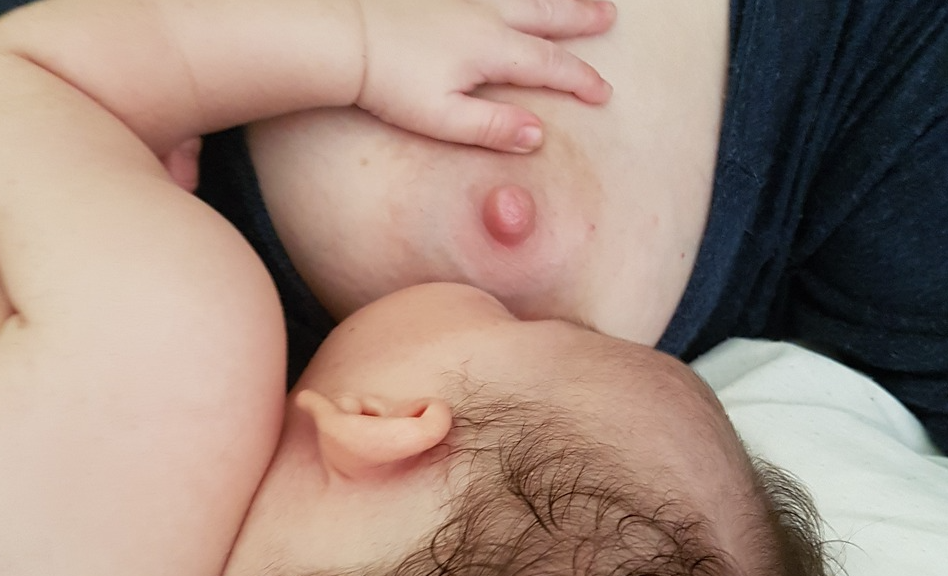
My baby seems to choke when breastfeeding
Some mothers have had a scare when their baby seems to choke when breastfeeding for a few seconds, in the middle of a feed at the breast.
The reasons why a baby chokes while breastfeeding can vary. Let’s take a look at the most common causes:
Hyperactive milk ejection reflex
Some mothers have a powerful milk ejection (or milk let-down) reflex. Their breastmilk sprays out with a lot of force. This is usually not a problem for older babies, who are already more skilled and have a slightly larger mouth. But for newborns and babies of a few months old, the fact that the milk comes out with such power can bother them, and they can struggle and seem to choke and gag.
Immature sucking
Full-term babies are ready to suckle, but just as babies start walking or talking at different ages, sucking may still be somewhat immature for a few weeks.
Premature babies who suffer from some kind of pathology may also have an immature sucking.
These babies can choke very easily because they have poor coordination in sucking, swallowing, and breathing.
Poor latch
When a baby has a poor latch, the mammary gland may react by increasing the amount of milk it makes so the baby is not left hungry. In addition, this insufficient latch will cause the breast milk not to reach the end of the palate; it will remain in the mouth, and the baby may have difficulties with swallowing the milk.
Retrognathia or tongue-tie
Likewise, babies with a lower jaw that is more receding than usual (a retrognathic jaw) or a tongue-tie may have difficulties swallowing breast milk, which may cause them to choke more easily.
What can I do?
If a baby seems to choke because of being unable to manage the amount of milk they are receiving, the first option is for the mother to change her position. If she breastfeeds leaning back in a biological nurturing position or upright in a coala hold position, going against gravity will help the baby to get breast milk more slowly.
If this doesn’t work, another option is to use your hand to press on the upper part of the mammary gland; this technique seems to be effective in reducing the powerful outflow of milk.
None of the above works. What else can I do?
When none of the above options works, you can try some more things.
The first and simplest is that if you notice your breast milk coming in, you can take your baby away from your breast, just as you feel the milk let down. Letting the milk gush out and let it slow down a bit will help your baby to struggle less at your breast.
Some mothers prefer to pump first to trigger the milk ejection reflex, and when the flow slows down, they put their baby onto their breast.
Another option is to use nipple shields (remember always to check that they are your correct size), as they prevent the milk from coming out too quickly, and your baby can manage the feed better.
Will my breastfeeding journey continue to be like this?
Well, it depends. If the difficulties are with the baby’s latch or ability to suckle, this should improve as the baby grows. If, on the other hand, it is an overactive milk ejection reflex, it may last throughout the breastfeeding journey. The good news is that little by little babies can control their feed at the breast much better and will have less trouble.
To find out more about this topic and more information about breastfeeding, download LactApp for your Android or iPhone. There you will also find a consultation channel, where you can talk to our experts.